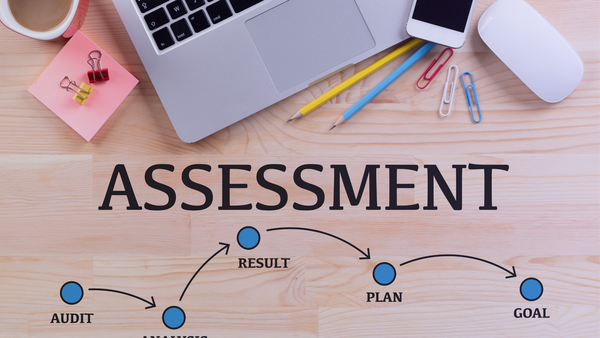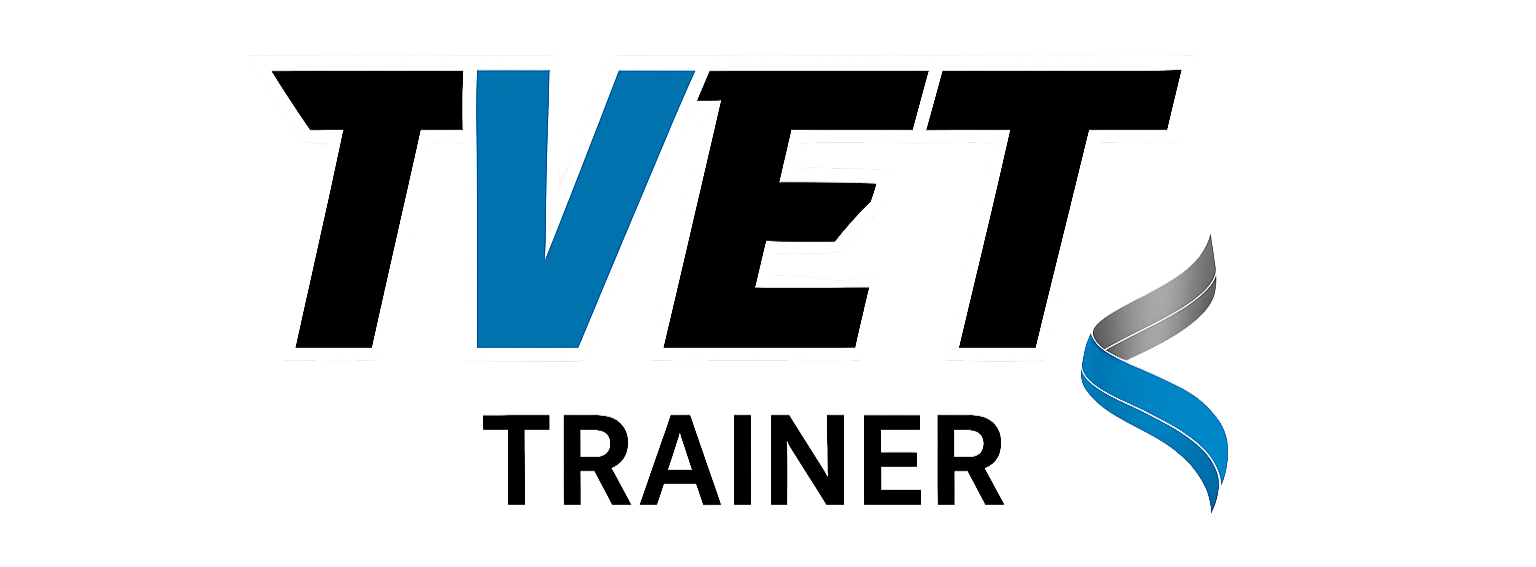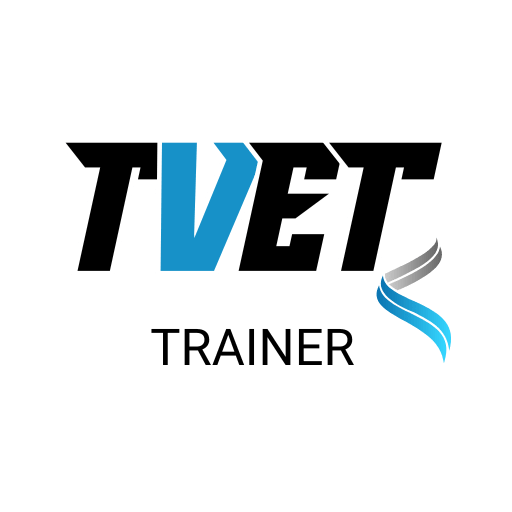
In Technical and Vocational Education and Training (TVET), assessment is a cornerstone of effective learning and development. It ensures that learners acquire the necessary knowledge, skills, and competencies to succeed in their chosen fields. For TVET trainers, understanding the principles and practices of assessment is critical to designing and delivering assessments that are fair, valid, and reliable. This blog post explores the functions, principles, responsibilities, and regulatory requirements of assessment in TVET, offering insights for trainers to enhance their practice and improve learner outcomes.
The Functions of Assessment in Learning and Development
Assessment in TVET serves multiple purposes, each contributing to the learner’s journey and the overall quality of training. These functions include initial, formative, and summative assessments, each with distinct roles.
Initial Assessment: Identifying Learner Needs
Initial assessment occurs at the start of a learning programme to identify a learner’s prior knowledge, skills, and learning needs. This process helps trainers tailor their teaching strategies to address individual strengths and gaps. For example, in a TVET programme for electrical installation, an initial assessment might include a practical task to gauge a learner’s familiarity with tools or a questionnaire to assess their theoretical understanding. By identifying these needs early, trainers can personalise learning plans, ensuring that each learner receives the support required to succeed.
Formative Assessment: Tracking Learner Progress
Formative assessment is ongoing and provides feedback during the learning process. It helps trainers monitor progress, identify areas for improvement, and adjust teaching methods accordingly. For instance, in a welding course, formative assessments might involve observing learners’ techniques during practice sessions or reviewing their project work. This continuous feedback loop empowers learners to refine their skills and builds their confidence as they progress toward mastery.
Summative Assessment: Assessing Learner Achievement
Summative assessment evaluates a learner’s overall achievement at the end of a learning module or programme. It determines whether learners have met the required standards and competencies for certification or qualification. In TVET, summative assessments often include practical demonstrations, written exams, or portfolio submissions. For example, a summative assessment for a carpentry apprentice might involve constructing a piece of furniture to demonstrate proficiency against industry standards. This type of assessment validates the learner’s readiness to enter the workforce or advance to further training.
Key Concepts and Principles of Assessment
Effective assessment in TVET is guided by several core concepts and principles that ensure fairness, accuracy, and relevance.
Assessment as a Judgment Process
Assessment involves making informed judgments about a learner’s knowledge, skills, and competence based on predefined criteria. These criteria, often set by awarding organisations or industry standards, provide a benchmark for measuring performance. For example, in a culinary arts programme, learners might be assessed on their ability to prepare a dish according to specific hygiene and presentation standards.
Validity and Reliability
Validity ensures that an assessment measures what it is intended to measure. For instance, a practical test for automotive repair should assess relevant skills, such as diagnosing engine faults, rather than unrelated tasks. Reliability refers to the consistency of assessment outcomes. A reliable assessment produces similar results under consistent conditions, regardless of who conducts it or when it is administered.
The Role of Evidence
Evidence is the foundation of assessment decisions. It includes work samples, observations, test results, or learner reflections that demonstrate competence. Evidence must be authentic (produced by the learner), sufficient (covering all required criteria), and current (reflecting the learner’s present abilities). For example, a portfolio of recent welding projects would serve as authentic, sufficient, and current evidence of a learner’s skills.
Objectivity and Fairness
Assessors must remain objective, basing decisions solely on evidence and criteria, not personal biases. Fairness ensures that all learners have equal opportunities to demonstrate their abilities, with accommodations made for diverse needs, such as additional time for learners with disabilities.
Transparency for Learners
Transparency means clearly communicating assessment requirements, criteria, and processes to learners. This clarity helps learners understand expectations and prepare effectively. For instance, providing a rubric for a practical assessment in plumbing ensures learners know how their work will be evaluated.
Responsibilities of the Assessor
TVET assessors play a pivotal role in ensuring the quality and integrity of the assessment process. Their responsibilities include:
- Understanding and Applying Standards: Assessors must be familiar with the standards and requirements set by awarding organisations, regulatory bodies, or industry frameworks. For example, an assessor in a healthcare TVET programme must align assessments with national occupational standards.
- Planning Assessments: Assessors design assessments that meet learner needs and programme goals. This might involve scheduling practical tasks at appropriate stages of a carpentry course to align with skill development.
- Communicating Requirements: Clear communication ensures learners understand assessment tasks, criteria, and timelines. For example, an assessor might hold a briefing session to explain the expectations for a summative project.
- Carrying Out Assessments: Assessors conduct assessments using appropriate methods, such as observations, interviews, or written tests, ensuring consistency and fairness.
- Comparing Evidence with Standards: Assessors evaluate learner evidence against set criteria to make informed decisions. For instance, they might compare a learner’s welding project to industry standards for quality and safety.
- Making Assessment Decisions: Assessors determine whether learners have met the required standards, ensuring decisions are evidence-based and impartial.
- Recording Assessments: Accurate documentation of the assessment process and decisions is essential for accountability and appeals processes.
- Providing Feedback: Constructive feedback helps learners understand their strengths and areas for improvement. For example, an assessor might provide detailed comments on a learner’s electrical wiring technique to guide further practice.
- Standardisation Processes: Assessors participate in standardisation meetings to ensure consistency across assessments, aligning their judgments with colleagues and industry standards.
- Continuing Professional Development (CPD): Assessors must stay updated on industry trends, assessment techniques, and regulatory changes through training and professional development.
Regulations and Requirements in TVET Assessment
Assessors in TVET must adhere to specific regulations and requirements, which vary depending on their area of practice. These typically include guidelines from awarding organisations, regulatory bodies, or sector-specific standards.
General Requirements
Awarding organisations, such as City & Guilds or Pearson, provide detailed assessment guidelines, including criteria, methods, and quality assurance processes. For example, a qualification in hospitality might require assessors to use specific practical tasks to evaluate food safety competencies. Regulatory bodies, such as Ofqual in the UK, set overarching standards to ensure assessments are valid, reliable, and fair.
Key Source Documents
Assessors must consult key documents, such as qualification specifications, assessment strategies, and industry standards. These documents outline the scope of assessments, required evidence, and quality assurance processes. For instance, an assessor in construction might refer to the Construction Industry Training Board (CITB) standards to design assessments.
Compliance with Assessment Strategies
For qualifications, assessors must comply with the relevant assessment strategy, which outlines the methods, evidence requirements, and quality assurance processes. Non-compliance can lead to invalid assessments or loss of certification credibility. For example, an assessor for a plumbing qualification must ensure that practical assessments align with the awarding organisation’s strategy to maintain validity.
Conclusion
Understanding the principles and practices of assessment in TVET is essential for trainers to support learner success and uphold industry standards. By mastering the functions of initial, formative, and summative assessments, adhering to key principles like validity and fairness, fulfilling assessor responsibilities, and complying with regulatory requirements, trainers can create robust assessment processes. These practices not only ensure that learners are competent and job-ready but also enhance the credibility of TVET programmes. For TVET trainers, ongoing professional development and a commitment to transparency and fairness will continue to strengthen their assessment practices, benefiting learners and industries worldwide.
FAQs
What is the purpose of initial assessment in TVET?
Initial assessment identifies a learner’s prior knowledge, skills, and needs at the start of a TVET programme. It helps trainers tailor instruction and support to individual learners, ensuring a personalised learning experience.
How does formative assessment benefit TVET learners?
Formative assessment provides ongoing feedback, allowing learners to track their progress and improve their skills. It helps trainers adjust teaching methods to address gaps and enhance learner development.
What makes an assessment valid and reliable in TVET?
A valid assessment measures the intended skills or knowledge, while a reliable assessment produces consistent results across different assessors and conditions. Both ensure accurate evaluation of learner competence.
Why is transparency important in TVET assessments?
Transparency ensures learners understand assessment criteria, processes, and expectations. Clear communication helps them prepare effectively and builds trust in the assessment process.
What are the key responsibilities of a TVET assessor?
TVET assessors plan and conduct assessments, apply standards, make evidence-based decisions, provide feedback, and participate in standardisation and professional development to ensure fair and accurate evaluations.






